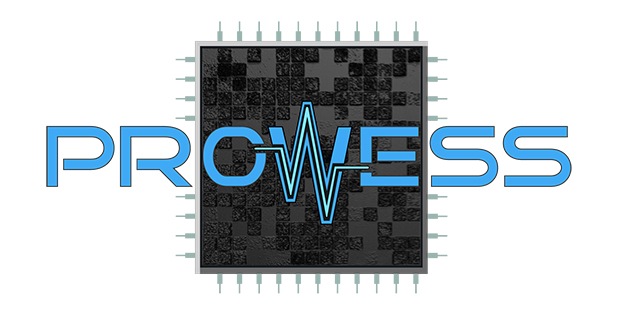First came the challenge program focused on exploring autonomous, real-time spectrum sharing. Now, the Defense Advanced Research Project Agency has put together a new program aimed at supporting the foundational computing for more intelligent and capable radios.
Amid current policy conversations about what a new spectrum pipeline might look like and how to find additional spectrum for commercial use when airwaves are increasingly difficult, complex and costly to clear, DARPA is continuing its work supporting research and development of more dynamic and adaptive RF systems. The agency noted in a release that “the unlimited demand for more devices at higher speeds ensures that the future wireless spectrum will be increasingly crowded and complex.” One way to deal with that, DARPA says, is with radios that can use artificial intelligence to sense and adapt to the RF environment in order to avoid interference and increase system capacity.
But that takes a lot of processing power, and it needs to happen instantaneously and at the network edge. Current field-programmable gate arrays (FPGAs) can’t be reprogrammed as fast as RF conditions can change, DARPA says. So its new program, Processor Reconfiguration for Wideband Sensor Systems or PROWESS, is focused on developing new classes of receiver processors that are capable of high-throughput, streaming-data processing as well as reconfiguration in real time, so that they can detect and characterize RF signals.
“Through processors that self-reconfigure within 50 nanoseconds, PROWESS will enable ‘just-in-time’ synthesis of processing pipelines in uncertain environments. PROWESS will allow future receivers to optimize performance to both measured spectrum conditions and the needs of cognitive RF decision logic,” according to DARPA.
“Prior research, including DARPA’s Spectrum Collaboration Challenge (SC2), demonstrated that autonomous RF systems deliver significant benefits over traditional fixed or rule-based approaches,” said John Davies, PROWESS program manager. “The foundation of RF autonomy is spectrum sensing, but wideband spectrum sensing in an autonomous future pushes edge compute needs far beyond the capacity of today’s devices – and motivates innovation in ultra-flexible, high-throughput streaming data processors.”
DARPA is holding a virtual informational session on PROWESS on October 13, for potential participating proposers. More information is available here.

